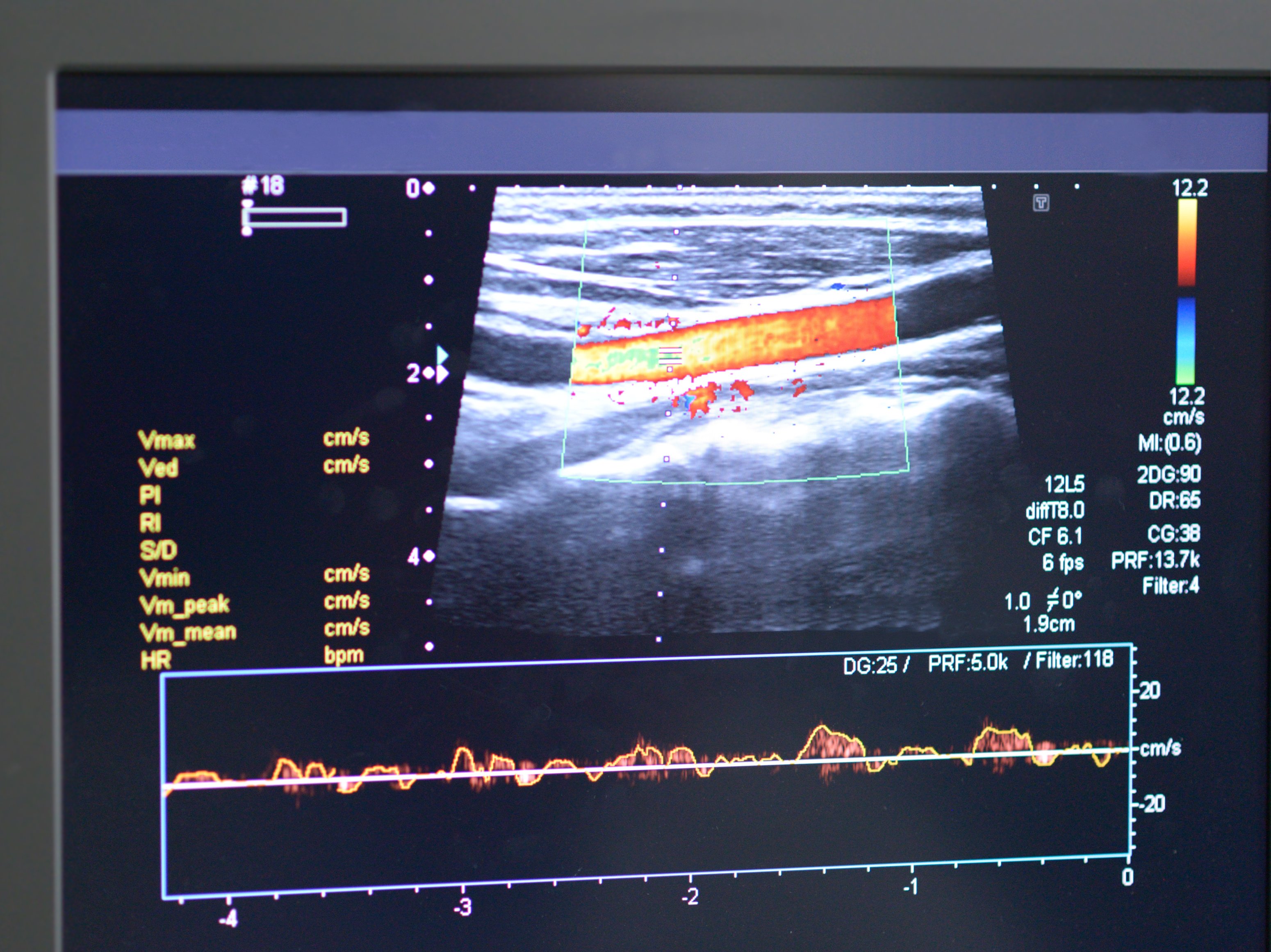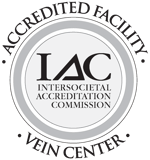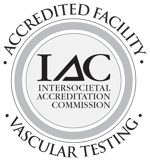Vein-related problems are becoming one of the more common chronic conditions in the United States. And with that, there are many options on how to treat these issues. One non-invasive measure that may be an option for you is using compression therapy.
Claudication is defined as leg pain and cramping in the lower extremities that occurs with walking and/or exercise. The word “claudication” comes from the Latin word “claudicare” meaning to limp.
Veins are blood vessels that carry blood from your body's tissues to your heart. Veins have one-way valves that help keep blood flowing toward your heart. If your valves are weak or damaged, blood can back up and pool in your veins. This causes the veins to swell, which can lead to varicose or spider veins.
A vascular surgeon is someone who treats disease processes within the arteries and veins, those critical routes of the circulatory system. Vascular surgeons do not treat the heart or brain as those are specialty areas of cardiologists and neurologists.
A Noninvasive Vascular Laboratory (“Vascular Lab”) is a painless and informative way to examine arteries and veins without the use of needles or imaging contrast dye.
With September being Healthy Aging Month, we wanted to share with you some basic tips that not only can help your veins maintain maximum health, but will also positively affect your overall health.













.jpg?width=944&name=Castle-Connolly-Top-Doctors-Emblem-Large%20(4).jpg)